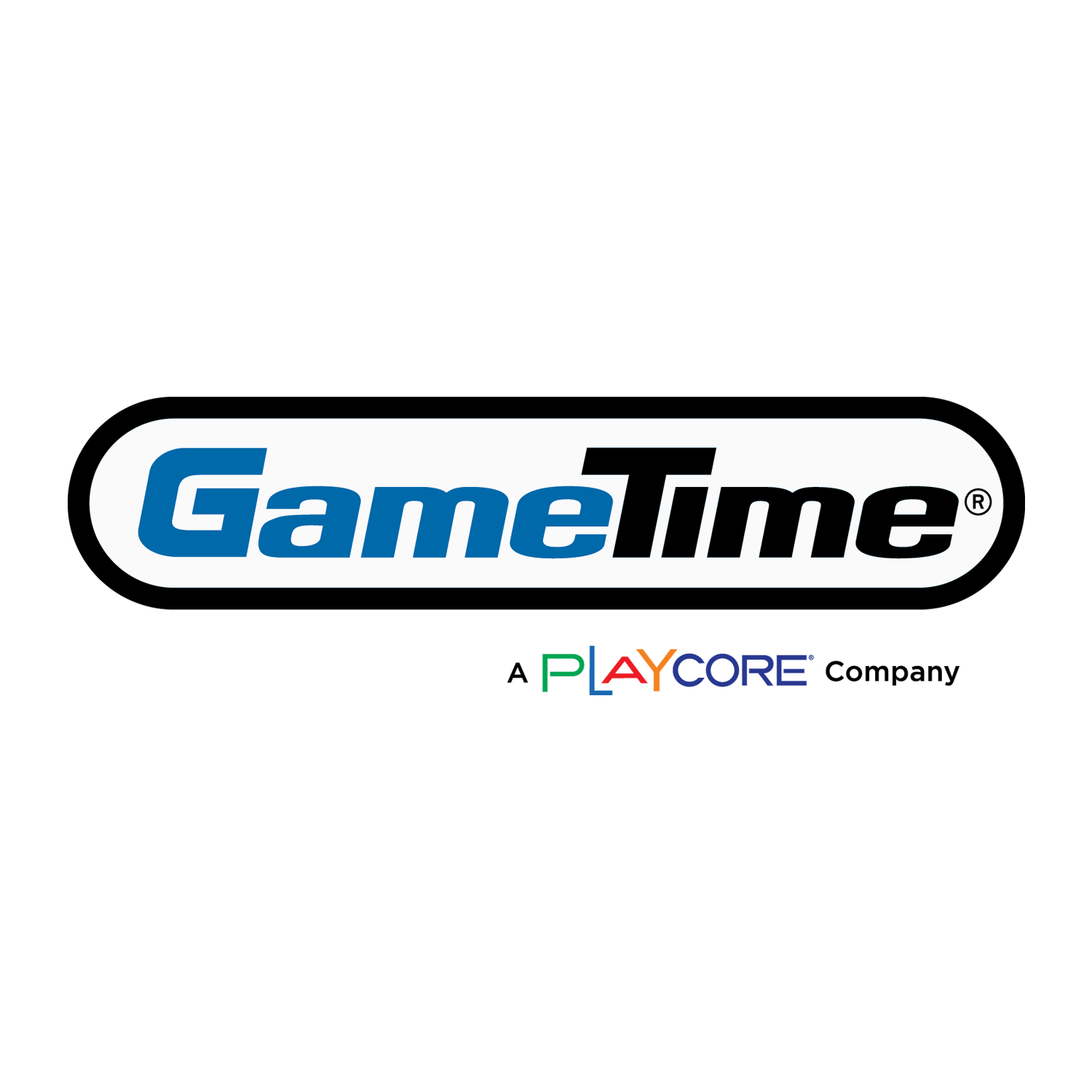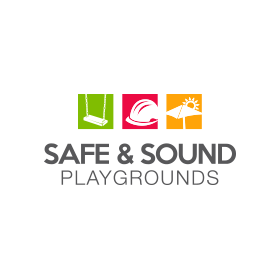One of the joys adults receive from children is watching them have fun as they play. Another delight of adults is to see that their taxes are being used efficiently and for the reason they were allocated. Both of theses factors are evident with the new playground areas developed at Cedar Heights Elementary School in Cedar Falls, Iowa.
The teaching staff and PTO of the elementary school contacted the National Program for Playground Safety for assistance in creating the outside play areas that would complement the new $6 million school. The group of committed volunteers followed the principles found in the pamphlet, “Planning a Play Area for Children” and the video Planning SAFE Playgrounds (both are available from NPPS). Working together for two years in preparation for the four different play/learning areas found at the school, the planning group was able to create an outdoor environment that is fun, educational, and developmentally appropriate.
To start the planning process an important question was asked of the group: “What is the purpose of a playground?”
Since this was an elementary school, the obvious answer to that question was that the playground was for children ages 5-12 in grades K-6. This response is in keeping with the CPSC Handbook’s recommendation. However, that reply does not really answer the question. All it does is assume that one piece of equipment fits all. In a school setting, it is hard to believe that the same textbook would be appropriate for all grade levels. It is hard to imagine that the math problems given a 6th grader would be the same as those given a 2nd grader. Rather, what occurs is that the educational tools selected for use fit the developmental skills and abilities of children in the various grade levels.
The same should be true in planning the outdoor play areas for a school. The same type of equipment is not necessarily appropriate for all grade levels. Therefore, it makes sense to provide further divisions of spaces and equipment at elementary schools. In addition, at Cedar Heights, the school personnel were interested in being able to use the playground as an outdoor learning environment.
As a result, the planning group and, ultimately, the rest of the faculty, determined that the outdoor area needed to be divided into several distinct play zones. These included a hard court and basketball area; a field area for softball, soccer and football; three playground areas; one fitness area; as well as places where various science projects (butterfly garden, weather station, vegetable garden, etc.) could be conducted.
Early on, the planning group understood the importance of providing a playground for grades K-1, 2-3, and 4-6. They also decided that if these areas were to be outdoor learning environments, the whole faculty needed to address curricular concepts for each site. This process is similar to that of choosing a classroom textbook. Before one selects a textbook to use in class, one checks to insure that the textbook includes the concepts one wants to teach and that the way those concepts are presented matches the reading comprehension of the children, and meets the district’s standards and benchmarks.
Thus, the next step that all of the teachers took was to select various curricular areas that they thought might be applied in the outdoor learning environment. These concepts spanned the entire curriculum and included ideas from art, music, math, science, language arts, and physical education. Two concepts for each curriculum area and each grade level were selected and the results were given to the playground committee.
The playground committee then used the list of two concepts for each grade level to consider selecting equipment that children could use to learn the concepts. After they had narrowed the potential companies down to six, they invited companies to make designs of equipment to address the concepts for equipment in each of the three areas. The companies submitted their designs.
After the designs were assessed, representatives from three companies were asked to address the playground committee in person. Each representative was asked to give rationale for the choice of the equipment in the design. Only one of the representatives was able to give specific reasons for the ways the design of the playground fit the curriculum concepts. The other two representatives gave very general answers. Needless to say, the committee chose the equipment that fit the needs of the children the best and the one for which the spokesperson was able to say that children should be able to do X,Y and Z in order to learn about concept A in art or concept be in math. For example, the representative was able to explain how concepts in math regarding counting, learning about more or less, and other concepts could be learned by the way the playground was designed by his company.
The committee also selected equipment from more than one company. As a result, three different company’s equipment is represented in the four play areas.
The playgrounds provide appropriate challenges for children in three separate grade categories ( K-1, 2-3, and 4-6) as well as meet the physical, emotional, social and intellectual needs of the children in those grade levels. The fourth area developed was a fitness area that used appropriate equipment to teach balance, upper body strength and other physical skills.
Because these play areas were tied to curricular concepts, they have become formal and informal education areas. Classroom teachers can take the children out to the playground and have them learn about colors, counting, movement and other curriculum concepts. In addition, children in their play before and after school, at recess and at lunchtime, and in their free time, informally practice activities that lead to learning concepts. The result is a greater likelihood that children in their play are reinforcing curriculum concepts that they learn in the classroom on a daily basis. Further research will be needed to confirm this assumption.
However, one thing is abundantly clear: all the children in the neighborhood, teachers at the school, and parents in the community dearly love the playgrounds. Children are excited by the variety of experiences present and the fact that they can be successful using equipment that is designed for their developmental abilities. The teachers appreciate the separation of equipment for supervision purposes and the fact that they can use the areas to reinforce the indoor classroom work. Finally, on any given weekend, you can find people from all over the community bringing their children to play on equipment that they know is designed specifically for their children.
Yes, the planning of these playgrounds took a lot of time and effort. But, by planning these areas to fit the needs of children at the school, the planning committee provided a place where the joy and laughter of children will always be present and the areas are truly part of the educational process.


















Add new comment